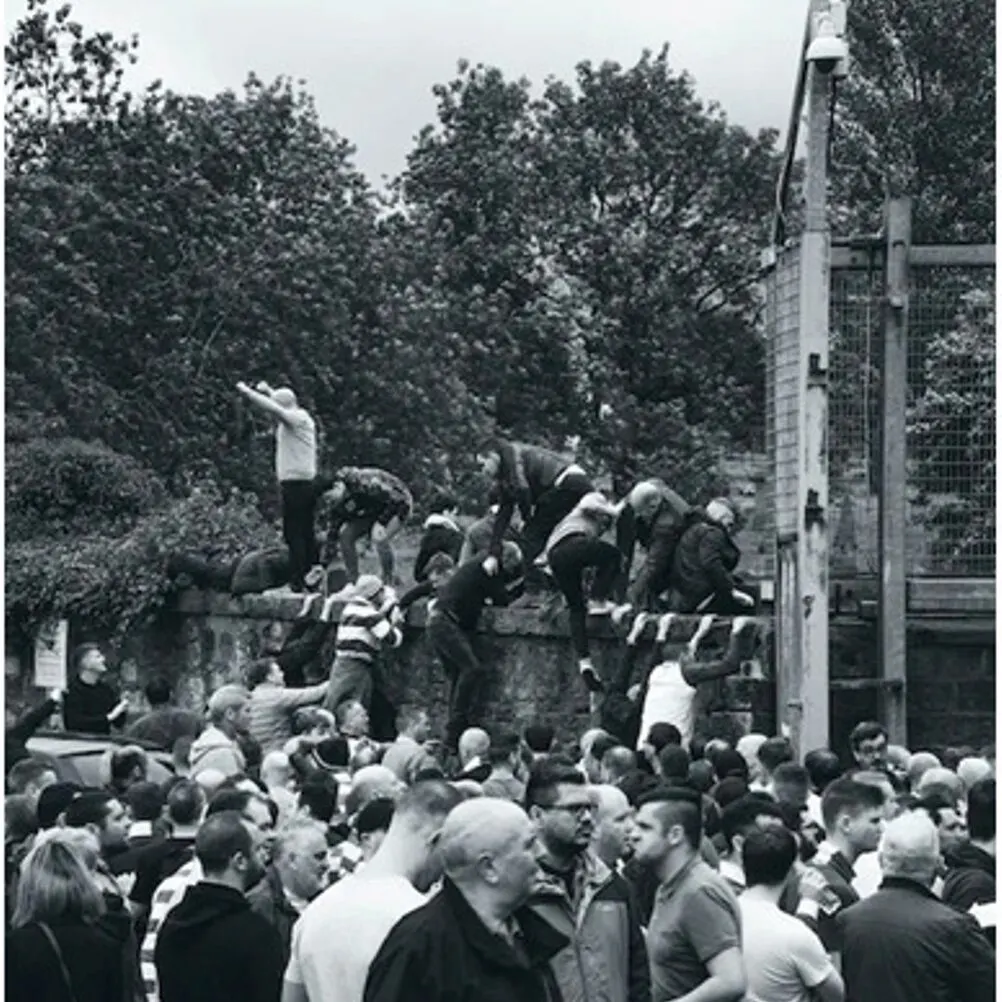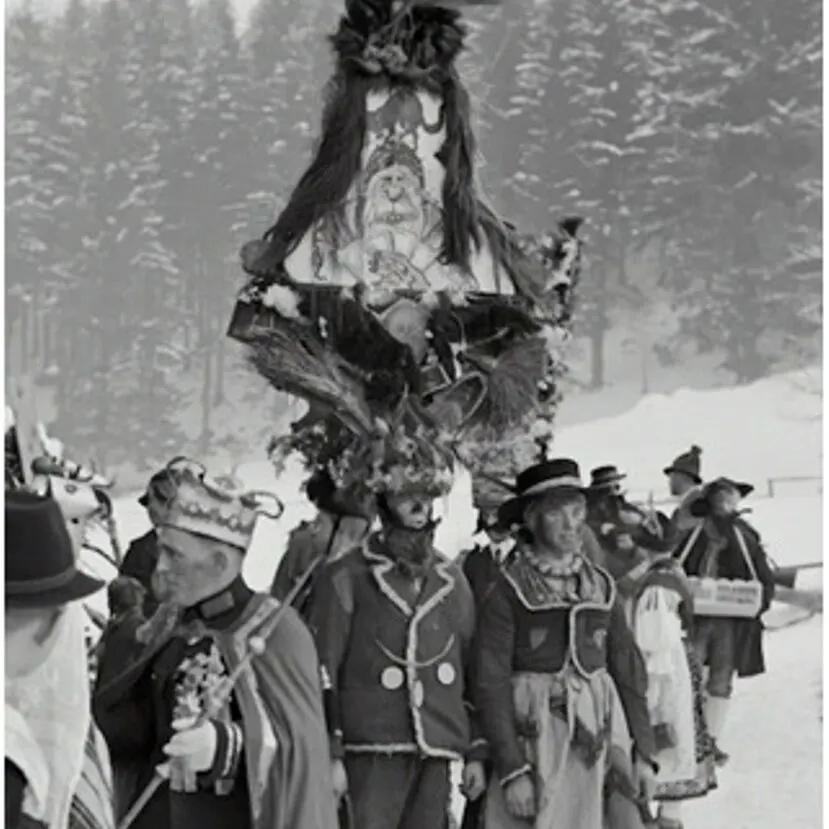Culture is a term used for people who are passing the era with the same belief, experiences, religion, hierarchies, and spatial relations. It is a way of communication, cultivated behavior, and motives of a nation.
Every culture has its own identity through its unique and interesting course of action; for example, its language, dress style, religion, and festivals.
The Germanic peoples were primarily Christianized during the Middle Ages while the Celts were noted for their animistic and polytheistic religious beliefs. The Germanic peoples had more intricate social systems, including feudalism, than the Celts, who lived in tribal communities with a class system.
Both the Celtic and the Germanic peoples have unique cultures, languages, and historical legacies.
Learn more about their differences in this blog post.
Why is Culture Important?
Culture is a crucial aspect that reflects a community’s beliefs, values, and traditions. It influences how people of a nation behave, respond and grow as individuals or groups.
A shared culture often encompasses a common language, religion, and sense of belonging.

In addition to providing a sense of identity, culture offers various social and economic advantages. It provides entertainment, social interaction, and learning opportunities, ultimately bringing people together.
Let us delve deeper into the Celtic and Germanic cultures and learn more about their unique characteristics.
Celtic Culture
“Celtic” or “Celts” refers to a group of peoples and cultures that originated in central Europe around 1000 BC and spread across much of western Europe and the British Isles.
The Celtic people had a distinct language, art, religion, and social organization. They were known for their skills in metalworking, particularly in creating intricate designs in gold, silver, and bronze.
Today, the term “Celtic” is often associated with the modern cultures and traditions of Ireland, Scotland, Wales, Cornwall, and Brittany, as well as with the history and mythology of these regions. Celtic culture has significantly influenced Western culture’s development and continues to be celebrated and studied worldwide.
Germanic Culture
The term “Germanic” describes a group of people and languages that originated in Northern Europe, particularly in what is now Germany and Scandinavia. Among the Germanic tribes were the Goths, Vandals, Franks, Saxons, and Angles.
The Germanic languages are a family of languages that include modern-day German, English, Dutch, Swedish, Norwegian, Danish, and Icelandic. These languages share many features, such as similar grammar, vocabulary, and sound systems, distinguishing them from other language families.
Germanic peoples and languages have significantly impacted European and global history and culture. They played an instrumental role in developing Christianity, the Roman Empire, and the Middle Ages.
Nowadays, Germanic languages are spoken by millions of people worldwide and continue to evolve, influencing other languages and cultures in unique ways.
Difference Between “Celtic Culture” and “Germanic Culture”
| Feature | Celtic Culture | Germanic Culture |
| Geographic origin | Central Europe and the British Isles | Northern Europe |
| Language examples | Irish, Scottish Gaelic, Welsh | German, English, Dutch |
| Social structure | Celtic languages and cultures have had a significant impact on the English language and literature | Tribes with more egalitarian structures |
| Religion | Polytheistic, later influenced by Christianity | Polytheistic, later influenced by Christianity |
| Artistic expression | Intricate knotwork, metalwork, and illuminated manuscripts | Decorative metalwork, wood carving, and tapestries |
| Cultural influence | Celtic languages and cultures have had a significant impact on English language and literature | Germanic languages and cultures have had a significant impact on Western culture, particularly in terms of philosophy, literature, and the arts. |
The Celtic and Germanic peoples are two distinct groups originating in different regions of Europe and have unique languages, cultures, and histories.
One key difference between the two is their origins. The Celtic peoples are believed to have originated in central Europe, particularly in what is now modern-day Austria, Switzerland, and Germany, and spread throughout western Europe and the British Isles.
In contrast, the Germanic peoples originated in northern Europe, particularly in what is now Germany and Scandinavia.
Another significant difference between the two is their languages. The Celtic languages include Irish Gaelic, Scottish Gaelic, Welsh, Breton, and Cornish, distinct from Germanic languages such as German, English, Dutch, and Scandinavian.
Celtic and Germanic cultures also have different artistic and religious traditions. The Celts are known for their intricate metalwork and their reverence for nature.
At the same time, the Germanic peoples were skilled in metalworking, agriculture, and animal husbandry. Their complex mythology and religious beliefs centered around gods such as Odin and Thor.

Finally, the history of the two groups also differs significantly. The Celtic peoples significantly impacted Western Europe’s development, particularly in art, music, and spirituality. In contrast, the Germanic peoples greatly influenced the development of Christianity, the Holy Roman Empire, and the Middle Ages.
While there may be some similarities between the two groups, the Celtic and Germanic peoples and cultures are distinct and have unique characteristics and histories.
Did the Celts and Germanics Fight?
The Celts and Germanic people fought, especially during the late Roman Republic and early Roman Empire periods.
At that time, the Celtic tribes were occupying much of central and western Europe, while the Germanic tribes lived to the north and east of them.
The two cultures had different social structures, languages, and religious beliefs, leading to land and resource conflicts. The Roman conquest of Gaul (modern-day France) in the 1st century BC brought the Romans into direct contact with both the Celts and Germanic tribes, and they often played one group against the other to maintain control.
Despite their differences, the Celts and Germanic people also had significant cultural exchanges, and elements of both cultures influenced each other over time.

Why Were the Germanic People More Capable of Resisting Invasion Than the Celts?
The Germanic people were more capable of resisting invasion and invading themselves than the Celts due to several factors:
- Military tactics: Germanic warriors were skilled in fighting techniques and had a decentralized military structure, making it difficult for invading forces to defeat them. They used surprise attacks and guerrilla tactics to gain the upper hand.
- Technology: Germanic people were early adopters of iron weapons, which gave them a significant advantage over their enemies. Conversely, the Celts relied heavily on bronze weapons, which were less effective in combat.
- Social organization: The Germanic people had a stronger sense of unity and a shared cultural identity, which helped them to resist outside influence and invasion. They were also more mobile and adaptable, able to move to new territories when necessary.
- Geographical location: The Germanic people lived in areas with natural defenses such as forests, rivers, and mountains, making it more challenging for invading forces to penetrate and conquer their lands.
In contrast, the Celts had a more centralized social structure, relied on bronze weapons, and lacked the Germanic people’s military tactics and geographical advantages. These factors made them more vulnerable to invasion and less capable of resisting or invading themselves.

Why Did the Celts “Lose” their Grip on Western Europe to Other People like the Germanic Tribes and the Romans?
The Celts lost their grip on Western Europe to other peoples, such as the Germanic tribes and the Romans, due to internal conflicts, technological and military advancements by their opponents, geopolitical changes, assimilation, and economic pressures.
These factors weakened the Celtic hold on Western Europe, making them vulnerable to outside influence and conquest by other peoples.
Who Destroyed the Celts?
No group “destroyed” the Celts, as the Celtic culture and people continued to exist and evolve.
Various factors, including internal conflicts, assimilation into other cultures, and invasions by outside groups like the Romans and Germanic tribes, caused the decline of Celtic influence.
The Celts eventually lost their political and cultural dominance in Western Europe, but their legacy can still be seen today in language, art, and folklore.
Are There Any Celt Left?
Celtic culture and people as a unified group do not exist today. However, there are still communities and regions where Celtic languages and traditions are alive and well, such as Ireland, Scotland, Wales, Brittany, and the Isle of Man.
Additionally, many people worldwide today have Celtic ancestry, and the influence of Celtic culture can be seen in various aspects of modern Western culture.
Who was the Enemy of the Celts?
The Celts faced various enemies throughout their history, including the Romans, who conquered much of Celtic territory; Germanic tribes who invaded and settled in Celtic regions; and other Celtic tribes who competed for land and resources.
However, it is essential to note that the relationships between different Celtic groups and their enemies were complex and often changed over time.
What did Celts Call Germanic People?
It is difficult to determine what specific names the Celts had for the Germanic peoples they encountered, as the terms likely varied depending on the region and period.
Additionally, it is possible that the Celts did not have a single name to refer to all of the Germanic tribes as a collective group.
What is Germanic Called Today?
The term Germanic is still used today to refer to a group of languages and cultures that share a common historical and linguistic heritage.
However, it does not refer to a specific country or region. Modern countries where Germanic languages are spoken include Germany, Austria, Switzerland, the Netherlands, Belgium, Denmark, Sweden, Norway, and Iceland.
Were the Belgae a Celtic or Germanic people?
The Belgae were Celtic people who lived in northern Gaul and southern Britain during the Roman era. They were known for their military prowess and resistance to the Roman conquest.
What Language is Closest to Celts?
The Celtic languages belong to a branch of the Indo-European language family, and the modern-day Welsh language is considered the most closely related to the ancient Celtic languages. Other contemporary Celtic languages include Irish, Scottish Gaelic, Breton, and Manx.
What Race Were the Germanic Tribes?
The Germanic tribes were not a specific “race” but a group of related peoples who spoke similar languages and shared some cultural similarities. They were generally considered to be of European origin.
Conclusion
- A strong sense of tribal identity and a complex society characterized Celtic and Germanic cultures.
- Both cultures were polytheistic, with many gods and goddesses’ organizations associated with natural phenomena.
- Both cultures produced skilled artisans who created intricate metalwork, jewelry, and textiles.
- Both have significantly influenced European culture, including language, literature, and folklore.
- Cultures faced decline with the spread of Christianity and the Roman Empire’s influence. Nevertheless, elements of both cultures still exist in modern-day Europe.
Other Articles
- What Is The Difference Between “Dreamed” And “Dreamt”? (Let’s Find Out)
- What’s The Difference Between An NFL Halfback And An NFL Fullback? (Explored)
- What Are The Similarities And Differences Between Grizzly And Copenhagen Chewing Tobacco? (Discover)
- What Is The Difference Between Judo And Wrestling? (Explained)

